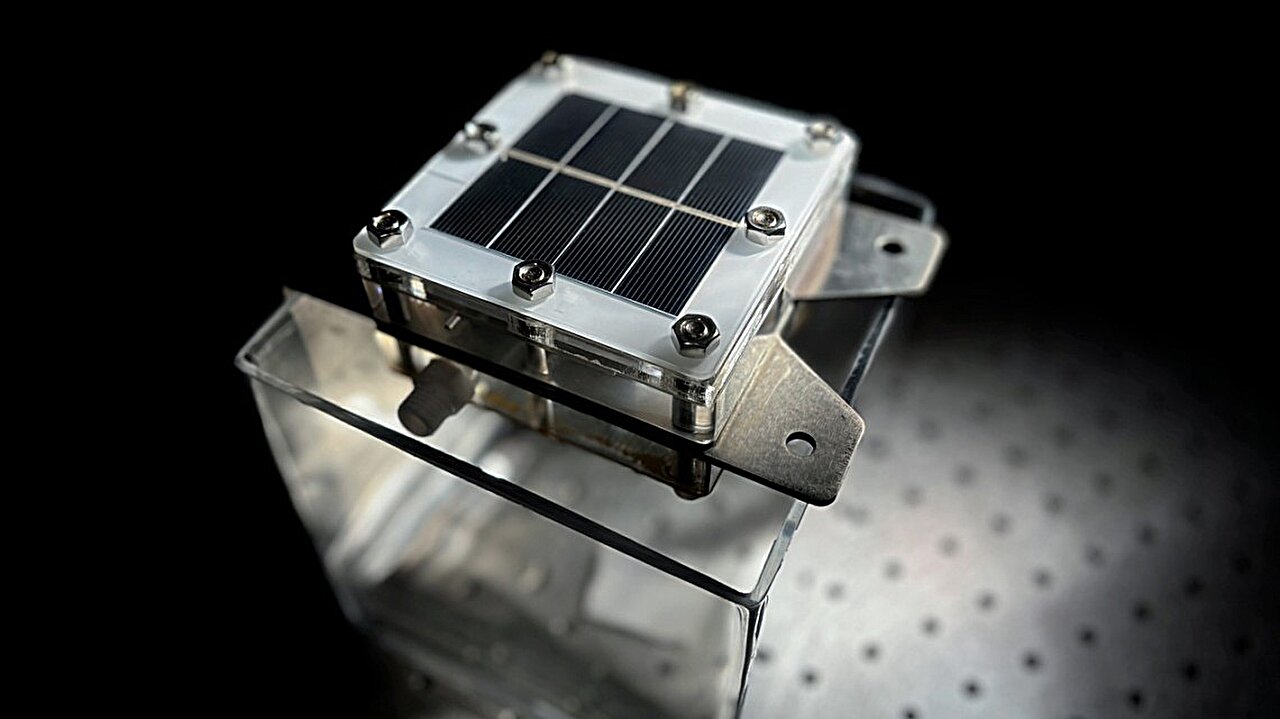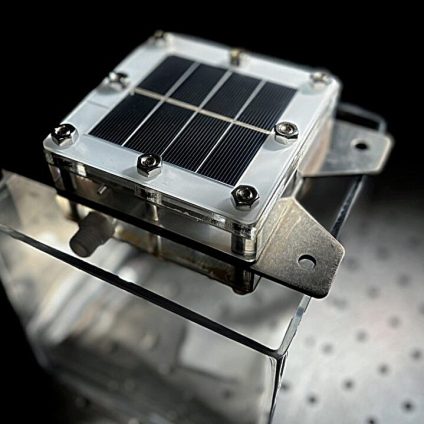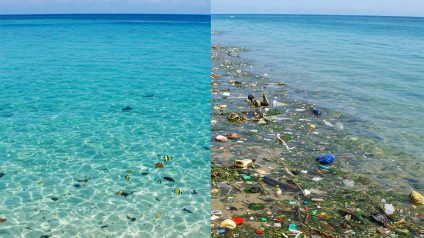A new solar-powered hybrid device achieves 12.6% efficiency and produces green hydrogen from seawater at just $1 per kg

Turning sunlight into affordable green hydrogen from seawater
Cutting the cost of green hydrogen to just $1 per kilogram. That’s the ambitious goal a team of engineers from Cornell University believes can be achieved within the next 15 years. Their tool? A novel hybrid device that combines solar distillation with water electrolysis to produce efficient marine green hydrogen.
Developed in collaboration with researchers from MIT, Johns Hopkins University, and Michigan State University, the system is designed to eliminate the dependence of hydrogen production on freshwater resources.
“In theory, producing one kilogram of hydrogen requires at least nine kilograms of water,” the researchers note. “To meet the growing demand for green hydrogen by 2050 (>500 Mt), electrolysis would consume over 4.5 trillion liters of clean water annually – equivalent to the yearly needs of more than 3.5 billion people. With four billion people already facing severe water scarcity, limited access to clean, sustainable, and reliable water supplies has become one of the major barriers to widespread adoption of electrolysis-based technologies.”
Seawater electrolysis: a persistent challenge
Using seawater to produce hydrogen is not a new idea. For years, researchers have been exploring offshore production as a way to tap into the vast potential of the oceans through direct seawater electrolysis. But the salt content of ocean water poses serious challenges, leading to corrosion and scaling in electrolyzers.
One potential workaround is indirect seawater electrolysis, where external desalination and deionization systems prepare the water before electrolysis. But adding more processes means higher energy consumption, more complexity, and ultimately, more expensive marine green hydrogen compared to land-based systems.
That’s where this new research comes in. Led by professor Lenan Zhang, the team built on recent advances in membrane distillation-integrated electrolyzers to create a low-cost, solar-powered, and practical device.
Solar distillation built into the electrolyzer
The system uses photovoltaic cells to power electrolysis, while simultaneously capturing the cells’ waste heat to drive a thermal distillation process known as interfacial heating. This technique applies localized heat to selectively evaporate water and separate it from salts and impurities.
“In short, short-wavelength sunlight interacts with the solar cell to generate electricity, while long-wavelength light produces waste heat that powers seawater distillation,” Zhang explains. “This way, all the solar energy is fully used. Nothing goes to waste.”
A key component of this setup is the capillary wick, which traps seawater in a thin layer directly against the solar panel. This allows only the film to be heated, rather than a large volume of water, boosting evaporation efficiency to over 90%.
High-efficiency marine green hydrogen production
The integrated approach has already delivered impressive results. Using only natural sunlight and seawater, the hybrid electrolyzer achieved a solar-to-hydrogen conversion efficiency of 12.6% and produced green hydrogen at a rate of 35.9 liters per square meter per hour. The bonus? It also generated 1.2 liters per square meter per hour of clean water as a byproduct.
“For the first time, we can now generate enough water to meet hydrogen production needs,” said Zhang. “And we even have extra drinking water. It’s a win-win.”
The study, “Over 12% efficiency solar-powered green hydrogen production from seawater”, was published in Energy & Environmental Science.












